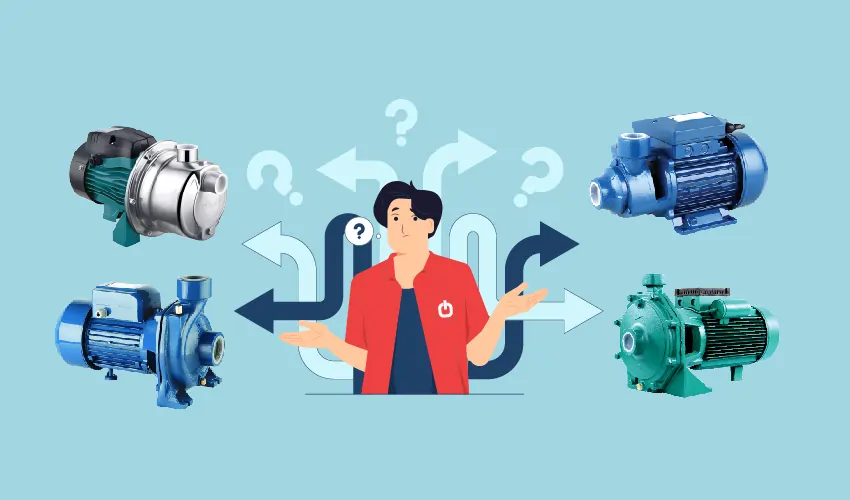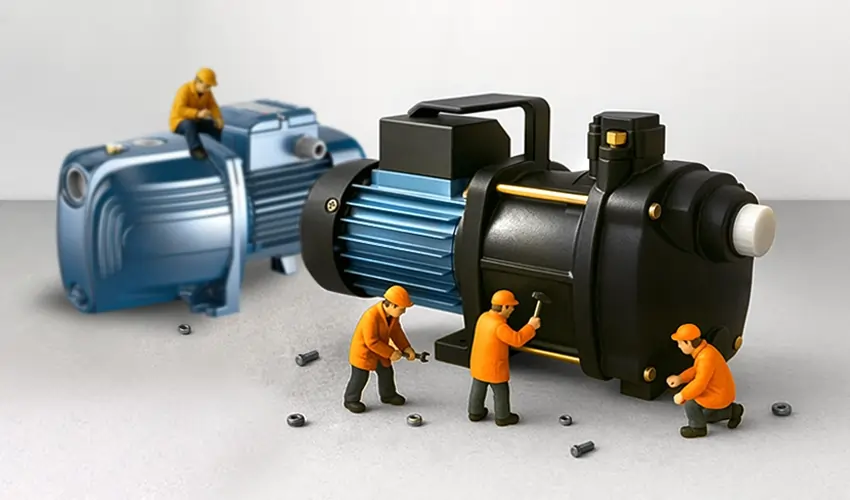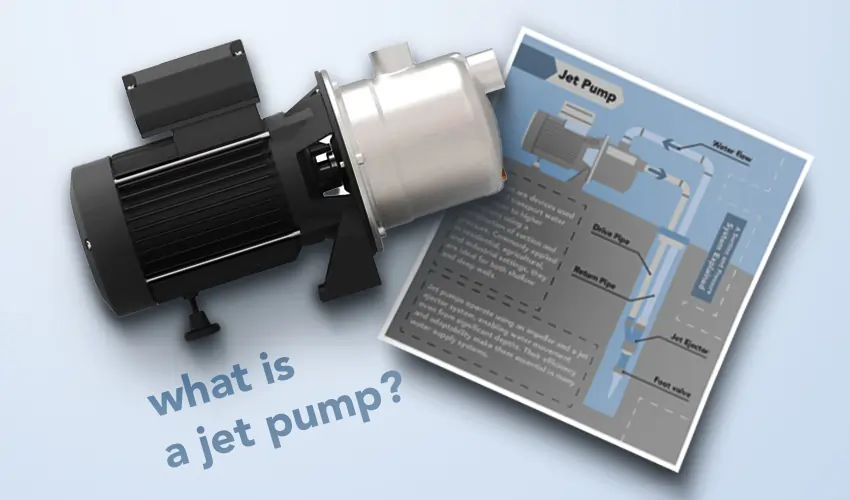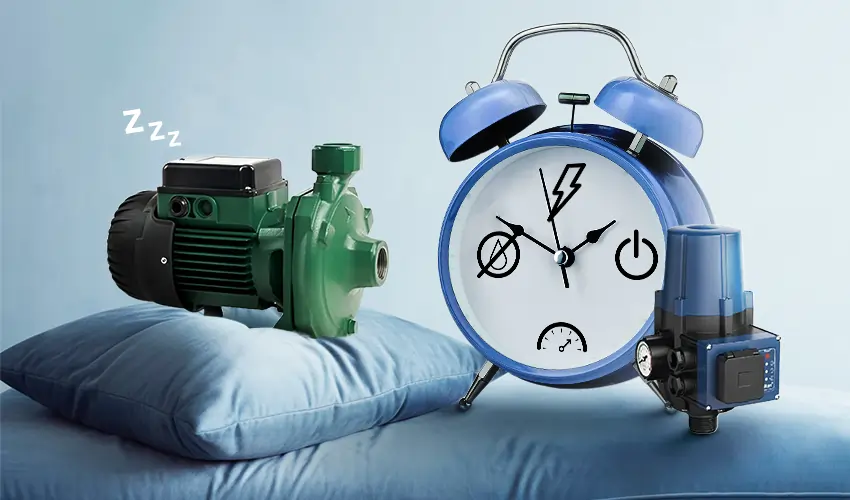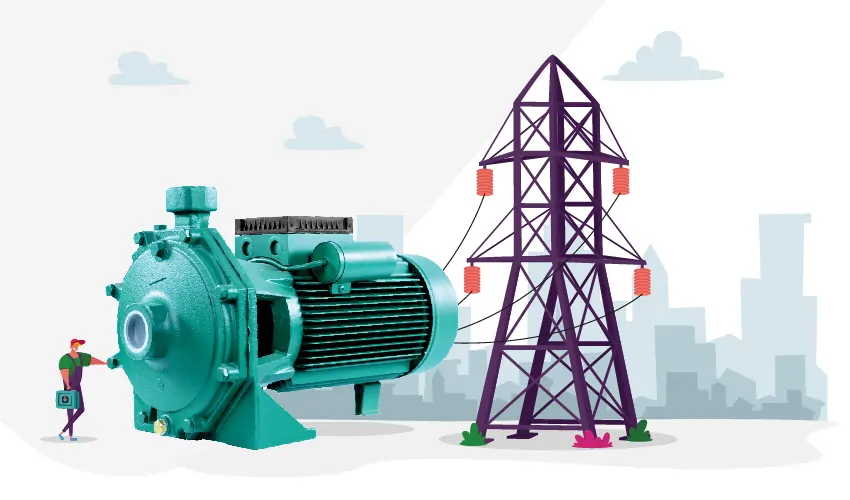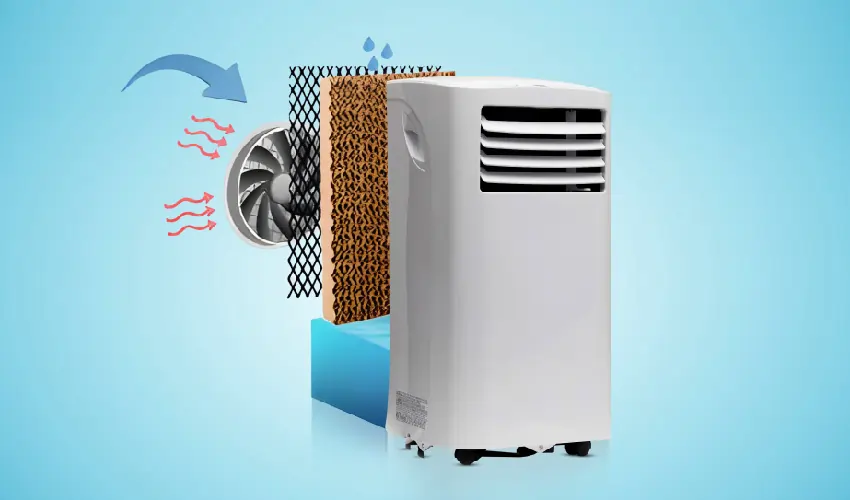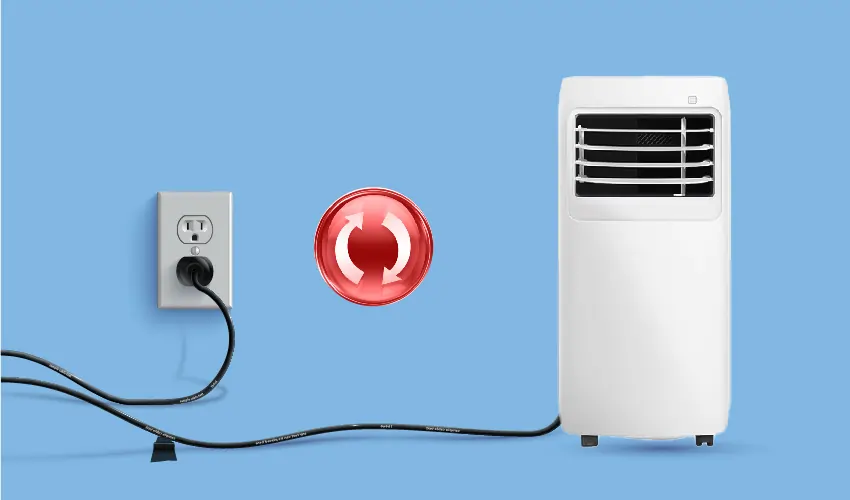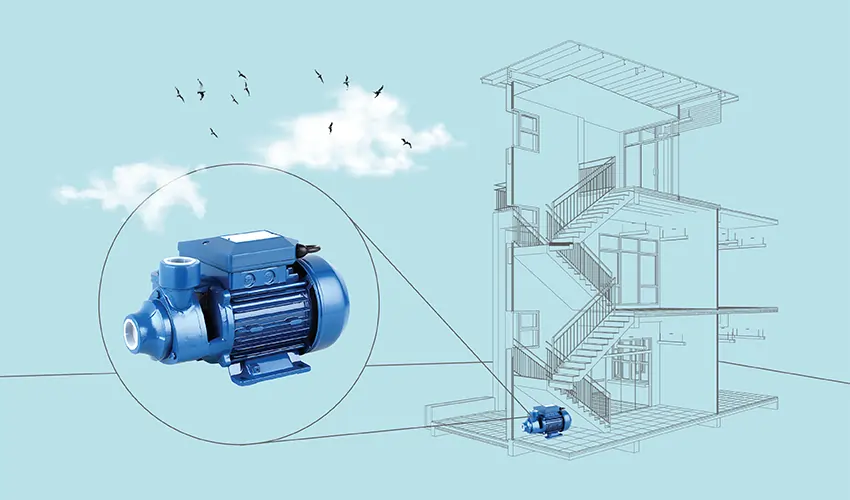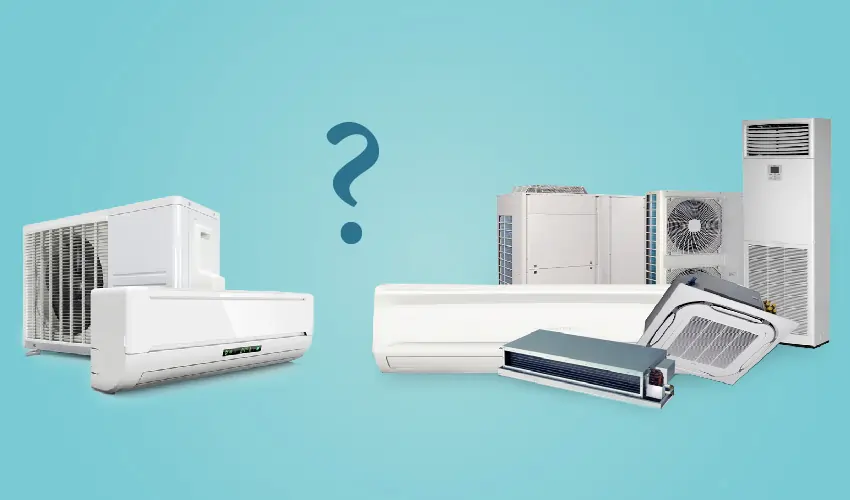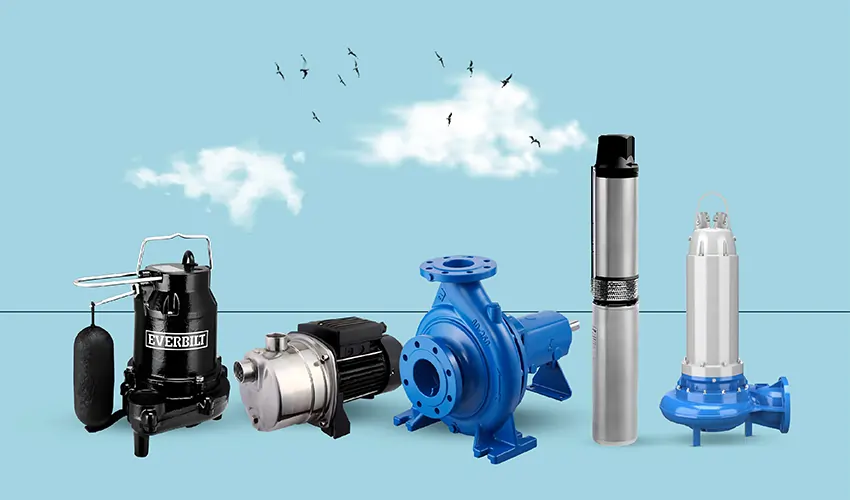Considering the reputation of the brand, maintenance requirements, and environmental impact also play key roles in making an informed decision. In this context, understanding your specific needs and the available options ensures the optimal performance and efficiency of the chosen water pump.
What Is the Concept of Water Pump?
Water pumps are devices designed to move water from one place to another. They play a crucial role in various applications, including agriculture, residential water supply, industrial processes, and wastewater management. The basic concept of water pumps involves the conversion of mechanical energy into hydraulic energy to move water.
Centrifugal Pumps
Centrifugal pumps are widely used in various industries and applications to move liquids, including water. These pumps rely on the centrifugal force generated by a rotating impeller to propel the fluid.
Submersible Pump
A submersible pump is a type of water pump designed to be fully submerged in the fluid it is intended to pump. These pumps are commonly used for various applications, such as groundwater pumping, well water extraction, drainage systems, and wastewater handling.
Jet Pumps
Jet pumps are a type of water pump that uses a jet of fluid to create a partial vacuum, which then draws water from a well or other water source. These pumps are commonly used for residential water supply, particularly in areas where the water table is relatively high.
Well Pumps
Well pumps are devices designed to extract water from wells, boreholes, or other underground water sources and deliver it to the surface for various applications. There are different types of well pumps, each with its own specific characteristics and applications. The two main categories of well pumps are submersible pumps and jet pumps, both of which were discussed in the previous responses.
How to Choose the Right Water Pump (A Step-by-Step Guide)
Choosing the right water pump involves considering various factors to ensure it meets the specific requirements of your application. Here’s a step-by-step guide to help you make an informed decision:
Step 1: Define Your Pumping Needs
Determine the Application:
Identify the purpose of the pump (e.g., residential water supply, irrigation, industrial processes, wastewater handling).
Specify Flow Rate and Pressure Requirements:
Determine the desired flow rate (in gallons per minute or liters per second) and the required pressure or head (in feet or meters) based on the application.
Step 2: Consider the Water Source
Well Depth or Water Source Depth:
If the pump will be used for well water extraction, determine the depth of the well or water source.
Water Quality:
Consider the quality of the water (clean, dirty, corrosive) as it may impact the choice of pump materials.
Step 3: Understand Pump Types
Centrifugal or Positive Displacement:
Decide between centrifugal pumps for higher flow rates and lower pressures or positive displacement pumps for consistent flow at higher pressures.
Submersible or Surface Pump:
Choose between submersible pumps for well applications or surface pumps for above-ground installations.
Jet or Submersible Well Pump:
If using a well, decide between jet pumps (shallow or deep well) or submersible pumps based on well depth and other factors.
Step 4: Consider Power Source
Power Supply:
Determine the available power source (electricity, diesel, solar) and select a pump that matches the power supply.
Energy Efficiency:
Consider the energy efficiency of the pump to reduce operating costs.
Step 5: Check Pump Performance
Pump Curve:
Examine the pump curve, which shows the relationship between flow rate, head, and power consumption. Ensure it aligns with your requirements.
Operating Conditions:
Check if the pump is suitable for the intended operating conditions, such as temperature and pressure levels.
Step 6: Installation and Maintenance
Ease of Installation:
Consider the installation requirements and choose a pump that suits your skill level and available resources.
Maintenance Requirements:
Evaluate the maintenance needs of the pump. Select a pump that aligns with your ability to perform routine maintenance.
Step 7: Budget Considerations
Cost:
Compare the costs of different pump options, including purchase price, installation, and long-term operating costs.
Return on Investment:
Consider the overall return on investment, taking into account efficiency, maintenance costs, and the lifespan of the pump.
Step 8: Seek Professional Advice
Consult Experts:
If unsure, seek advice from pump specialists, engineers, or professionals who can provide guidance based on your specific needs.
Manufacturer Reputation:
Choose pumps from reputable manufacturers with a history of producing reliable and durable products.
Step 9: Environmental Considerations
Environmental Impact:
Consider the environmental impact of the pump, especially if the application involves handling hazardous substances.
Regulatory Compliance:
Ensure the chosen pump complies with relevant environmental regulations and standards.
Step 10: Review and Finalize
Review Specifications:
Review all specifications, including pump type, capacity, power requirements, and installation considerations.
Make a Decision:
Based on the information gathered, make an informed decision and proceed with the purchase.
| What are the different types of water pumps and their applications? |
|
| How do I determine the right flow rate and head pressure for my water pump needs? | Flow Rate Calculation
Head Pressure Calculation
|
| What factors should I consider when selecting a water pump brand? |
|
| How can I maintain my water pump to ensure optimal performance |
|
Conclusion
When choosing a water pump, consider factors such as the application’s flow rate and head pressure requirements, the type of pump suitable for your needs (centrifugal, submersible, etc.), the power source available, and the brand’s reputation for reliability and customer support. Evaluate the pump’s efficiency, ease of maintenance, and compliance with industry standards. Additionally, factor in your budget and environmental considerations. A well-informed decision, considering these aspects, ensures optimal performance and longevity of the water pump for your specific requirements.

